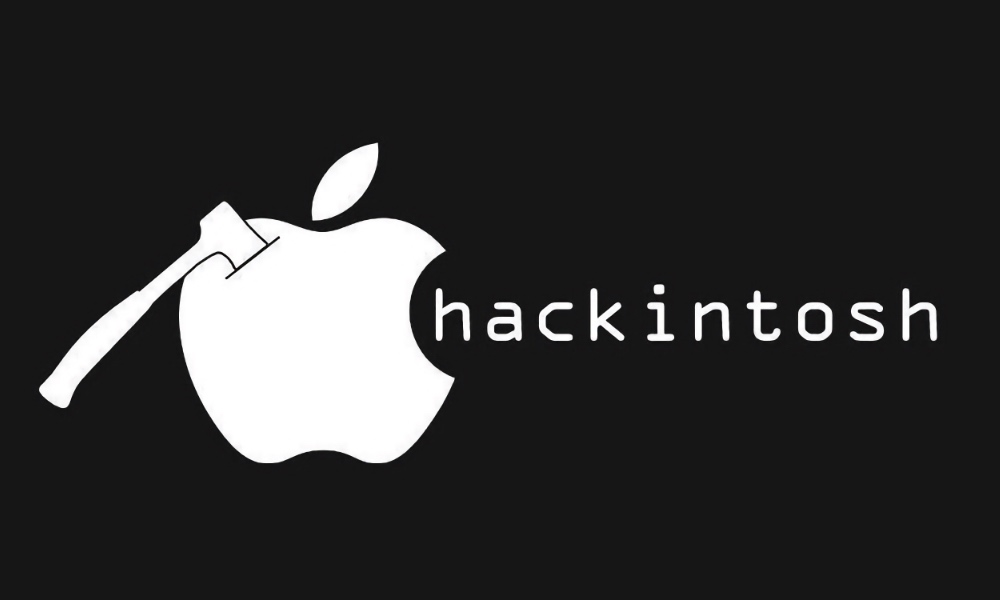‘Hackintosh’ Is on Its Deathbed Thanks to Apple Silicon Says Enthusiast

Toggle Dark Mode
A “Hackintosh” is a computer that runs Apple’s macOS operating system on Intel-based computer hardware that was not designed or built by Apple for that purpose. The term comes from the fact that there’s a fair amount of hacking required to make that happen since Apple neither licenses nor approves of running its operating system on anything other than its own hardware.
Sadly, the Hackintosh project now appears to be dying as a result of Apple’s transition from Intel processors to its own Apple silicon chips.
“Hackintosh is (almost) dead,” says a new blog post from Aleksandar Vaci, who notes the Apple silicon transition is partially to blame. Vaci writes that Apple has “completely removed all traces of driver support” for Wi-Fi and Bluetooth cards that are key to Hackintosh machines working properly.
While macOS 14 (Sonoma) still offers support for the most recent models of Intel Macs and Apple could still offer Intel support for another one or two yearly releases of macOS, Hackintosh is still slowly being killed off, thanks to Apple’s shutting down of support for older Wi-Fi and Bluetooth cards.
In the blog post, Vaci says:
In Sonoma, Apple has completely removed all traces of driver support for their oldest WiFi/Bt cards, namely various Broadcom cards that they last used in 2012/13 iMac / MacBook models. Those Mac models are not supported by macOS for few years now thus it’s not surprising the drivers are being removed. Most likely reason is that Apple is moving drivers away from .kext (Kernel Extensions) to .dext (DriverKit) thus cleaning up obsolete and unused code from macOS. They did the same with Ethernet drivers in Ventura.
These Wi-Fi and Bluetooth cards were “the key ingredient to many fully functional Hackintosh builds,” says Vaci. He says the cards worked “out of the box” with macOS features like AirDrop, Continuity, iMessage, FaceTime, and more.
Hence — Hackintosh is on its death bed. Some things will work for few more months or maybe even years, depending on what you use it for and wether lack of WiFi bothers you or not. But not for me. I can live without AirDrop, Continuity and Handoff but Messages and FaceTime must work. There’re also some other things Sonoma brings that are important to me thus I want to update to it. Coupled with described lack of reliability and fretting if next minor or major update would leave me dry — nah, not worth it.
Vaci’s post offers a close look at the Hackintosh community as it exists today and makes for some interesting reading.
Apple silicon could indeed signal the end of an era. In my days as an IT professional, I was instructed to attempt to build a Hackintosh out of parts we had lying around in the equipment room. I had recently purchased my first Mac, an Intel-based MacBook Pro, and my boss had become infatuated with the OS X platform and wanted to see if we could build a cheaper Mac-compatible computer. While nothing ever came of the project, it was one of the more enjoyable times I had in my job with that company.
While the Hackintosh community targeted building a macOS-capable machine at a lower price point than a genuine Mac, today’s Mac lineup is priced quite reasonably, at least for entry-level machines, eliminating one of the most popular reasons for building a Hackintosh.






